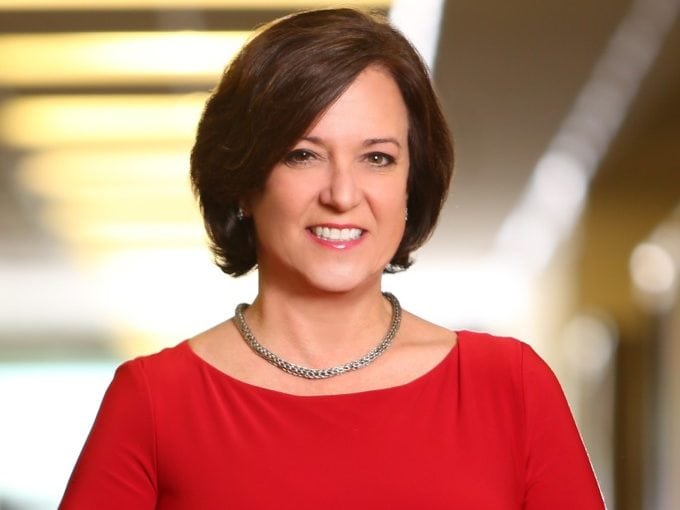After building its bank base, what’s next for Zelle?

It’s clear now that the launch of Zelle last year was far more than a skin-deep rebranding of the years-old clearXchange network, as the P-to-P payments network announced some sizable gains over its past performance.
To date, more than 60 financial institutions have joined the Zelle network with participants representing half of U.S. demand deposit accounts. The network has partnerships with payment processors and vendors including ACI Worldwide, CGI, D3 Banking Technology and IBM.
“These institutions are helping us get to the smaller financial institutions and enabling them,” said Lou Anne Alexander, group president of payments at Early Warning, the bank-backed venture that owns Zelle. “I think you’ll start to see hundreds of financial institutions will be enabled to come on board all at one time.”
 Lou Anne Alexander, Group President of Payments, Early Warning
Lou Anne Alexander, Group President of Payments, Early WarningZelle highlighted that $75 billion in money moved in 2017 across its network, an increase of 36% year-over-year from 2016’s totals. The Zelle Network processed more than 247 million payments in 2017, an increase of more than 45% on the 170 million transactions processed in 2016. In the fourth quarter of 2017 alone, the network moved $22 million, up 14% quarter-over-quarter, on more than 75 million transactions, up 18%.
Building scale
While Zelle is working hard to become the Venmo for grown-ups, it is also pushing into retail payments, particularly in opportunities for displacement of cash and check and where funds are needed in minutes rather than days or weeks.
“Use cases that we’re seeing are insurance claims payouts to victims of car wrecks, or where the home was damaged — these have the use case of funds being received today,” said Alexander. “You’re also probably familiar with the Red Cross, with Zelle being used to get money to victims of the hurricanes this past year.”
Zelle’s promotion thus far has mostly been via participating FIs, which makes the uptake rates of Zelle surprisingly high given that customers added were effectively organic. However, Zelle has recently embarked on a national mass media campaign designed to get the word out and to attract users within the target demographic — all digital banking users, not just social media savvy millennials.
“With our marketing campaign we’re on a mission to take P-to-P from millennials to mainstream,” said Alexander. “TV advertising and print advertising are very key to that, but maybe more key are our financial institutions and the direct targeted marketing they’re doing into their existing customer base.”
A future for the Zelle app?
With Zelle pushing for greater adoption and awareness within FIs apps, the standalone Zelle app launched in October 2017 may be a stop gap measure until a critical mass of banks adopt Zelle.
This doesn’t seem to be an issue, however.
“It’s always been our mindset that the standalone app would complement the experiences of those that were transacting through our partners — it was not intended to be a replacement for the in-app experience of the banks,” said Jeremiah Glozoveda, vice president of marketing and communications for Early Warning, in an interview earlier this month. “The adoption that we’re seeing is roughly 99% of enrollments are with participating FIs and less than 1% through the Zelle app.”
Early Warning Faster payments Mobile banking Mobile payments P-to-P payments

